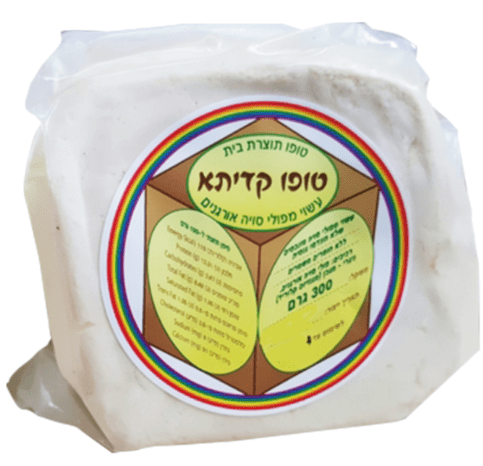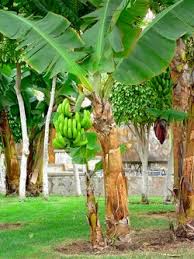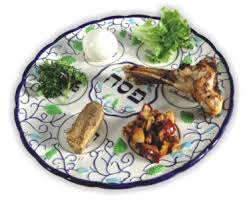Tofu is one of the most iconic ingredients associated with Japanese cuisine. However, like many things thought to be Japanese, tofu actually originated in China and was rebranded and popularized by the Japanese. The name "tofu" (豆腐) is Japanese, but the product itself was invented in China, attributed to a nobleman from the Han Dynasty in the 2nd century BCE.
When did tofu make its way to Japan? That's unclear. What is known is that by the early Middle Ages, it was already a common and popular ingredient throughout Japan.
So, what exactly is tofu? In many ways, tofu is similar to cheese. It's made from soy milk that undergoes a coagulation process, causing the proteins to solidify. For those of us with a Western orientation, it's hard to grasp the dramatic role soybeans have played and continue to play in East Asia. In many respects, soybeans (along with rice) can be compared to wheat and corn in the West.
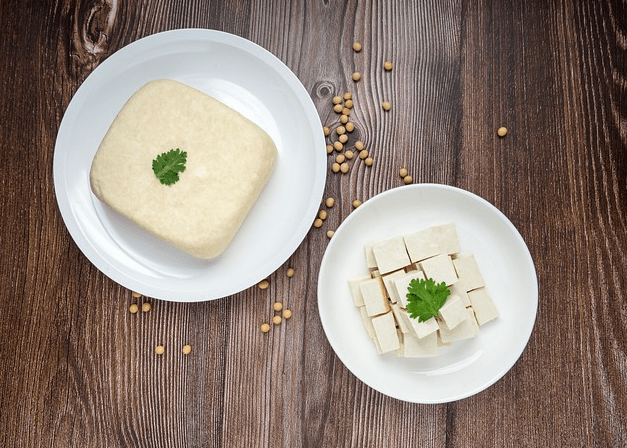
Soybeans are one of those plants used in so many ways that it's hard to imagine the world without them. They can be consumed raw as edamame, a frequent visitor in our gardens, soy beans serve as a source of cooking oil, of industrial fibers, and of course, the liquid we call "soy milk," which is the starting point for tofu. It's worth noting that there isn't just one type of tofu.
Much like cheese, there are hundreds of recipes and styles, with each region in Japan having its own tofu tradition and unique variety. Generally, tofu can be divided into two types: firm tofu, which can be fried, stir-fried, or steamed in various dishes (this is the type used for meat substitutes like vegan schnitzel), and soft tofu, also known as silken tofu (a Japanese innovation), most famously used as a base for miso soup.
One of the most defining qualities of good firm tofu is its neutral taste. It’s not flavorless but has a delicate taste that's hard to define. If we draw an analogy to cheese, high-quality tofu is somewhat like excellent mozzarella—a raw material that doesn’t overpower but rather absorbs the flavors of the dish.
This is why tofu is rarely consumed on its own and is typically used alongside other ingredients. Its neutrality allows it to be easily seasoned and adapted into a variety of dishes, from schnitzel substitutes to curry dishes, sushi components, stews, soups, and even sweet desserts. Think of it as the perfect culinary chameleon that can be used in countless ways.
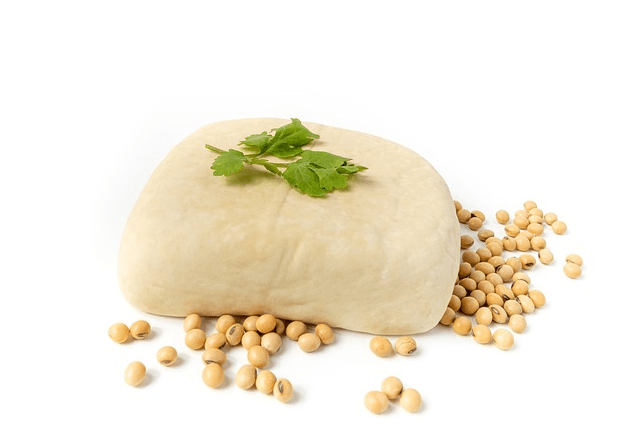
Israel is not Japan, and while the availability of tofu here has improved significantly, high-quality locally produced tofu, especially organic, is still rare. The good news is that we have recently started offering products from Tofu Kadita in our garden, which I consider the highest quality tofu available in Israel.
This tofu is relatively soft (though it falls under the "firm" category), handmade from sprouted organic soybeans of a non-GMO variety (genetic engineering is very common in soybeans), and contains no preservatives. It's excellent even by Japanese handmade tofu standards.
What do I do with it? Well, since the Israeli summer makes me lazier than usual, I simply cut it into cubes, sauté them in olive oil until they become slightly crunchy, and then toss them into a salad or mix them with yogurt, add pepper, salt, and some chopped dill. Voilà, you have a Japanese-style tzatziki.

